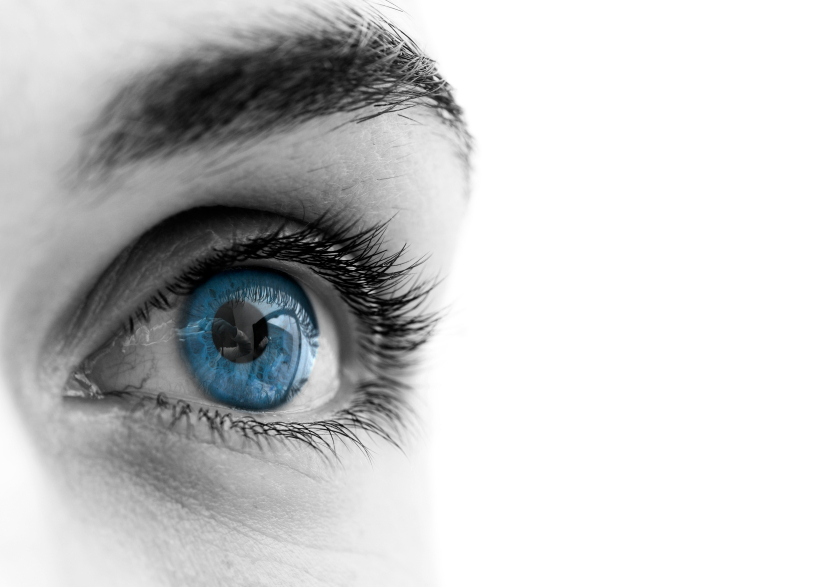Yearly Archives: 2013
Home » 2013
Insurances Accepted
*Please note, we do not accept Vision Insurance, only Medical insurance at this time. To use vision insurance for routine eye care, please consider an optometrist near you.* The Following medical insurances are accepted: Advocate Physician Partners Aetna Blue Cross/ Blue Shield (Not including Blue Choice) Cigna Humana Medicare Tricare UnitedHealthCare ** Please note HMO insurance […]
Read MoreHow does cancer affect the eyes?
Different types of cancer can affect your eyes. The following are the most common in adults. Cancer In the Eye Skin Cancer Skin cancer can attack the eyelids, especially in fair-skinned people. Certain cancers can also arise on the front of the eye called the cornea and conjunctiva (white of the eye). Any red, pigmented, or […]
Read MoreCataract Surgery and Glaucoma
Are cataracts and glaucoma related? Cataracts and glaucoma are separate diseases. Both affect vision, but in different ways. Cataracts are when the lens in the eye become cloudy and difficult to see through. Glaucoma is when the nerve from the eye to the brain begins to be damaged and die off. If you have glaucoma, […]
Read MoreEyelid biopsy
PRIOR TO SURGERY: 1. Notify the ophthalmologist of any use of blood thinners including aspirin, coumadin, plavix, ibuprofen, alleve, ect. Discuss with your ophthalmologist or primary care doctor about possibly stopping any blood thinning medications. Do not stop medications on your own. These need to be stopped between 1-2 weeks prior to surgery to prevent bleeding. […]
Read MoreEyelid skin cancer
How do I know if I have skin cancer? Any new growth, mole, or defined area of skin which does not look like surrounding skin should be checked by your doctor. On the eyelids, benign growths can occur, but any sudden new growth or expansion of existing growth should be checked by an ophthalmologist or […]
Read MoreChalazion
What is a Chalazion? A chalazion is an oil gland which is clogged along the eyelid. It makes a round bump on the eyelid, under the skin. The eyelids have oil glands which are vertical inside the eyelid and have openings just behind each eyelash. When these glands and/or their openings stop functioning and become clogged, all […]
Read MoreDrooping Eyelid (Ptosis) Surgery
Drooping Eyelid Repair Blepharoplasty This is a procedure which removes excess skin which is drooping or causing the eyelid to be weighed down. Extra fat which is protruding can also be removed. Ptosis repair This procedure re-attaches the muscle which lifts the eyelid to the cartilage in the eyelid itself. Risks of Surgery Although this […]
Read MoreTreatment for Ptosis (Drooping Eyelids)
Depending on the cause of the drooping, the treatment varies. Medical If there is an underlying muscular or neurologic cause, treatment will most likely be focused on that cause. Myasthenia gravis is treated with a medication and follow-up with a neurologist. A stroke will need to be treated by a primary care physician, a […]
Read MorePtosis- Drooping Eyelid
What is ptosis? Ptosis (pronounced toe-sis, the p is silent), is a drooping eyelid. When the eyelids sag downward. What causes ptosis? Drooping eyelids can be caused by several things. Aging. The most common form is from aging. As we age, the muscle which lifts the eyelid slowly detaches from the cartilage plate in the […]
Read MoreWhat is a “Premium” Lens?
There used to be just one choice of lens implanted when cataract surgery was performed. Now, there are several options for those undergoing cataract surgery. The standard, or traditional, lens is a lens which replaces your natural lens, but it can only be set at one focal point, and does not account for astigmatism. IF you […]
Read More
